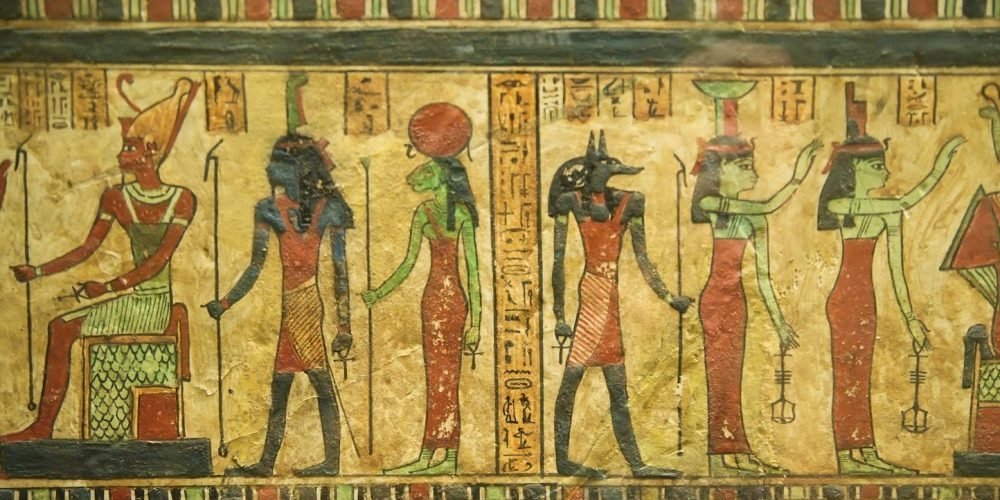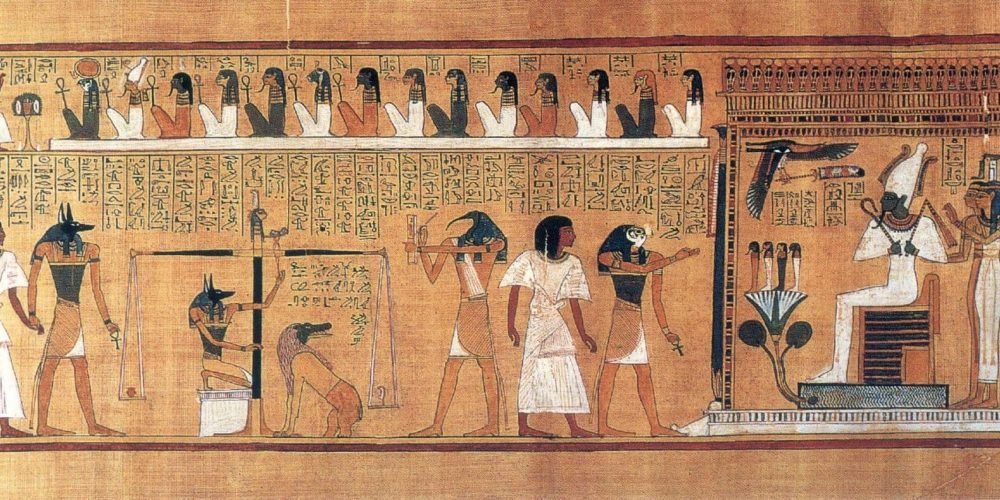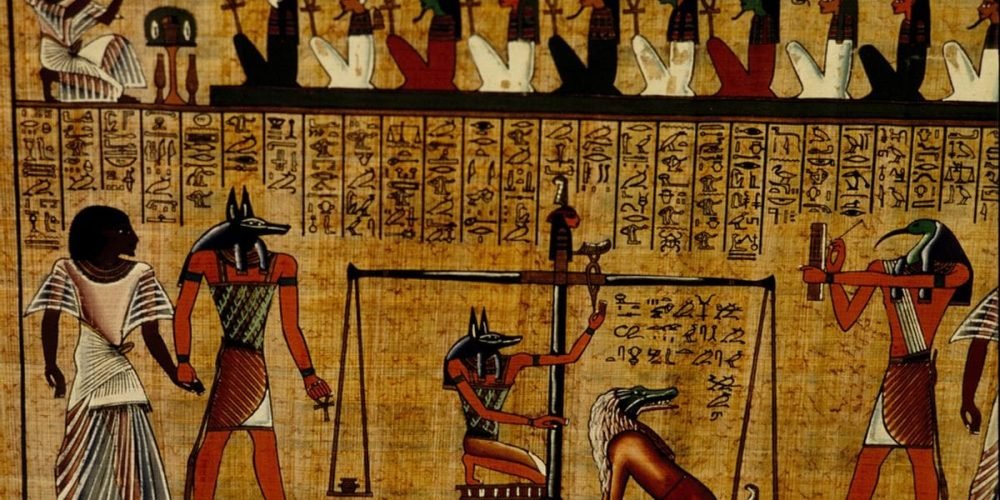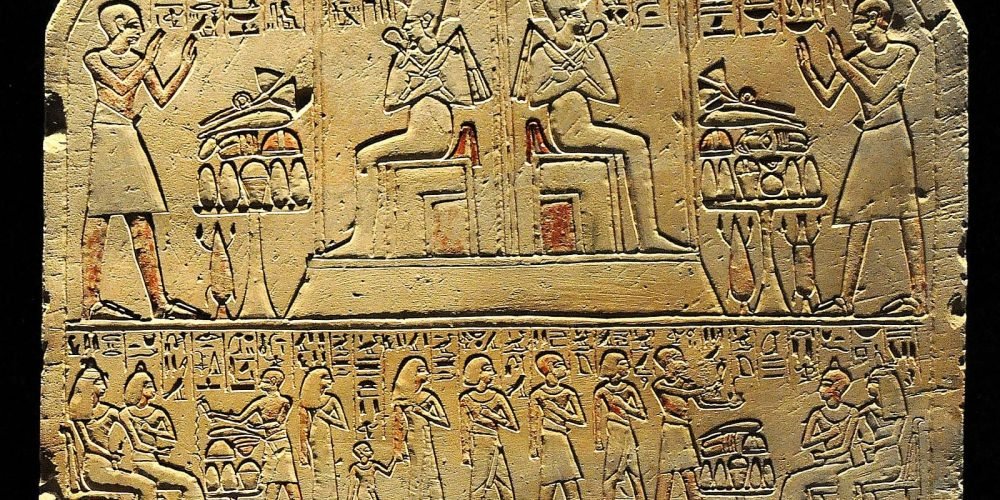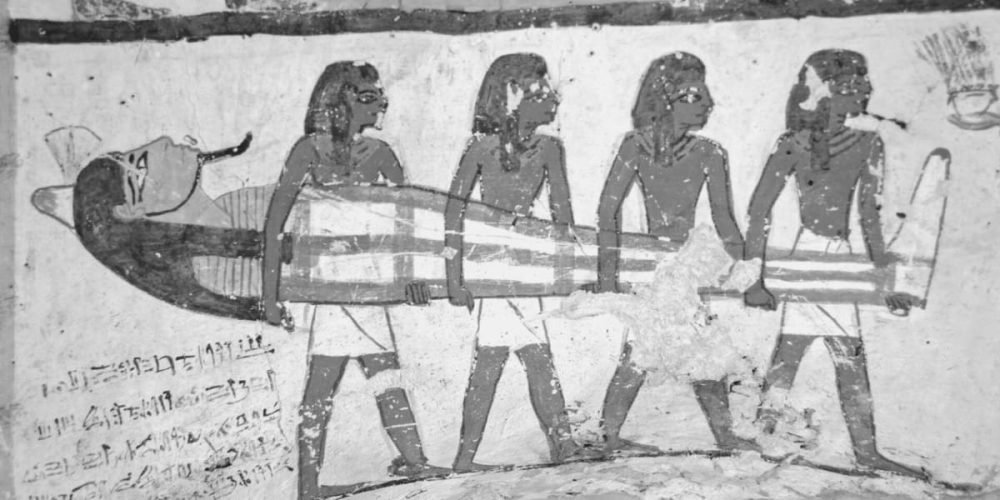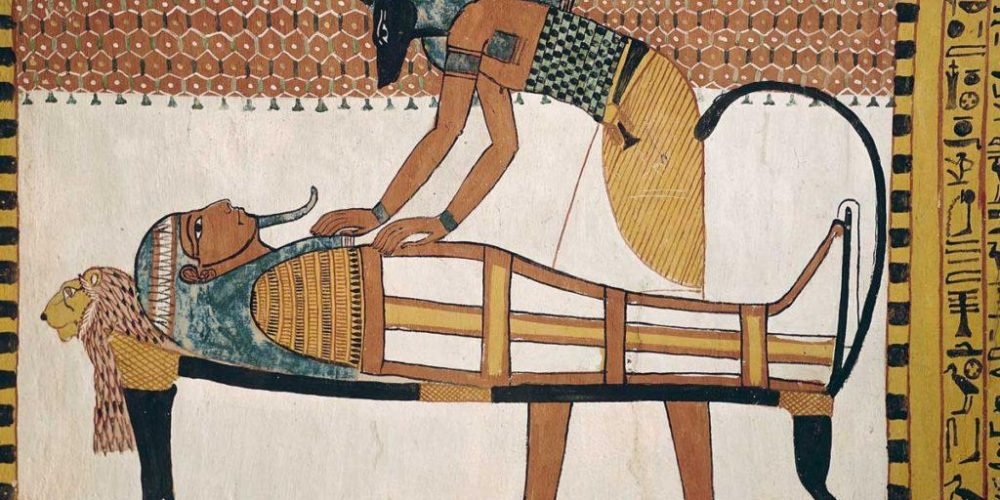Religion played a central role in the life of Ancient Egypt, influencing nearly every aspect of Egyptian culture, including politics, art, daily life, and death. The Egyptians practiced a polytheistic religion, meaning they believed in and worshiped a vast number of gods and goddesses, each of whom had specific roles, attributes, and responsibilities. The Egyptians believed that the gods were deeply involved in the natural world, governing everything from the Nile’s flooding to the cycle of life and death. Their religious beliefs provided both a moral framework for living and an explanation for natural events, shaping their worldview for thousands of years.
- Egypt Tour Magic
- Egypt Tour Packages
- Excursions in Egypt
- Cairo Tours and Excursions
- Hurghada Tours and Excursions
- Soma Bay Tours and Excursions
- Makadi Bay Tours and Excursions
- Sahl Hasheesh Tours and Excursions
- El Gouna Tours and Excursions
- Marsa Alam Tours and Excursions
- Port Ghalib Tours and Excursions
- El Quseir Tours and Excursions
- Dendera and Abydos Day Tours
- Aswan Tours and Excursions
- Luxor Tours and Excursions
- Alexandria Tours and Excursions
- Sharm El Sheikh Tours and Excursions
- Top Rated Tours in 2025
- Optional Excursions in Egypt
- Private Transfer
- Blogs About egypt
- Ancient Egypt
- What You Need To know Before Your First Trip To Egypt
- Best Places to Visit in Egypt 2025
- Top Attractions in Red Sea Resorts 2025
- Top 10 Tourist Activities in Egypt
- Top 30 Activities You Can’t Miss in Egypt
- The Guide to Guided Tours in Egypt
- Egypt’s Ancient and Modern History
- The Nile River
- The Deserts of Egypt
- Historical Sites in Egypt
- Cairo
- Alexandria
- Luxor
- Aswan
- The Red Sea
- Dendera Temple
- El Fayoum Oasis
- Bahariya Oasis
- Siwa Oasis
- Al Alamein
- Marsa Matruh
- Ancient Egyptian gods
- famous Egyptian dishes
- UNESCO World Heritage sites
- About Us
- Why Egypt Tour Magic
- Egypt Tour Magic
- Egypt Tour Packages
- Excursions in Egypt
- Cairo Tours and Excursions
- Hurghada Tours and Excursions
- Soma Bay Tours and Excursions
- Makadi Bay Tours and Excursions
- Sahl Hasheesh Tours and Excursions
- El Gouna Tours and Excursions
- Marsa Alam Tours and Excursions
- Port Ghalib Tours and Excursions
- El Quseir Tours and Excursions
- Dendera and Abydos Day Tours
- Aswan Tours and Excursions
- Luxor Tours and Excursions
- Alexandria Tours and Excursions
- Sharm El Sheikh Tours and Excursions
- Top Rated Tours in 2025
- Optional Excursions in Egypt
- Private Transfer
- Blogs About egypt
- Ancient Egypt
- What You Need To know Before Your First Trip To Egypt
- Best Places to Visit in Egypt 2025
- Top Attractions in Red Sea Resorts 2025
- Top 10 Tourist Activities in Egypt
- Top 30 Activities You Can’t Miss in Egypt
- The Guide to Guided Tours in Egypt
- Egypt’s Ancient and Modern History
- The Nile River
- The Deserts of Egypt
- Historical Sites in Egypt
- Cairo
- Alexandria
- Luxor
- Aswan
- The Red Sea
- Dendera Temple
- El Fayoum Oasis
- Bahariya Oasis
- Siwa Oasis
- Al Alamein
- Marsa Matruh
- Ancient Egyptian gods
- famous Egyptian dishes
- UNESCO World Heritage sites
- About Us
- Why Egypt Tour Magic
Ancient Egypt religion
1. Polytheism and the Pantheon of Gods
Ancient Egyptian religion was polytheistic, with a vast pantheon of gods and goddesses representing various aspects of life, nature, and the cosmos. Central to Egyptian belief was the idea that these deities governed the universe, the Nile River, fertility, death, and the natural world. Major deities such as Ra, the sun god, were worshipped across the entire kingdom, while local gods often had regional importance. Ra, also known as Amun-Ra in later periods, was the supreme god of Egypt, embodying creation and life itself. Osiris, the god of the afterlife and resurrection, played a crucial role in the Egyptian belief in immortality, while his wife, Isis, was seen as a mother goddess associated with magic and healing. Other key deities included Horus, the god of kingship, and Anubis, the god of mummification and death. Thoth, the god of wisdom, and Sekhmet, the lioness-headed goddess of war, were also central figures in Egyptian mythology. The diversity of gods reflected the Egyptians’ understanding of a world where divine forces influenced every aspect of life, from creation to death. The belief in a multitude of deities led to an intricate system of religious practices and rituals that sustained Egypt’s complex societal structure. Keywords: Egyptian pantheon, polytheism, Ra, Osiris, Isis, Horus, Anubis, Thoth, Sekhmet.
2. The Concept of Ma'at
At the heart of Ancient Egyptian religion was the concept of Ma’at, which symbolized truth, justice, and cosmic order. Ma’at was not just a moral guideline but the very fabric of the universe, representing balance and harmony between gods, nature, and humanity. The pharaoh, as the divine ruler, was seen as the embodiment of Ma’at on Earth. By maintaining Ma’at, the pharaoh ensured the prosperity of Egypt and the continued favor of the gods. This concept was deeply intertwined with the Egyptian view of the world, where the natural and divine worlds were in constant equilibrium. If Ma’at was disrupted by chaos, injustice, or disorder, it could lead to catastrophic events, including famine, plagues, or political instability. The importance of Ma’at was evident in the way Egyptian kings were expected to rule justly and in the rituals performed to honor the gods and maintain harmony. In the afterlife, Ma’at was also central to the Weighing of the Heart ceremony, where the soul’s moral worth was judged. Keywords: Ma’at, truth, justice, cosmic order, pharaoh, divine ruler, balance, harmony, afterlife.
3. The Afterlife and the Journey of the Soul
The Ancient Egyptians had a deeply spiritual belief in the afterlife, which was seen as a continuation of life on Earth. The soul’s journey after death was complex, involving a series of trials and judgments to determine whether the deceased would be granted eternal life. Central to this belief was the idea that the soul, or ka, would live on in the afterlife, provided it had been properly preserved and judged. The most significant aspect of the judgment was the Weighing of the Heart, a ceremony in which the heart of the deceased was weighed against the feather of Ma’at, the goddess of truth and order. If the heart was lighter than the feather, the soul would be allowed to enter the Field of Reeds, an idyllic paradise where the deceased would live forever. However, if the heart was heavier, the soul would be devoured by Ammit, a fearsome monster that embodied chaos and evil. The Book of the Dead and other funerary texts were crucial in guiding the deceased through this dangerous journey, containing spells and instructions to help them overcome the obstacles they faced in the afterlife. Burial practices, such as mummification, were essential to ensuring the soul’s safe passage to the next world. Keywords: afterlife, ka, Weighing of the Heart, Field of Reeds, Ammit, Book of the Dead, mummification, judgment, soul.
4. Temples, Rituals, and Priests
Temples were the focal point of religious life in ancient Egypt, serving not only as places of worship but also as centers of power. They were the homes of the gods, where priests and the pharaoh performed daily rituals to honor and appease the deities. These rituals were believed to maintain the balance of the universe and ensure the continued favor of the gods. Temples like those at Karnak and Luxor were massive, often decorated with detailed carvings and paintings depicting the gods, the pharaoh, and important religious scenes. The high priests, who were often part of the royal family, oversaw temple operations and conducted sacrifices, offerings, and prayers to sustain the gods. The pharaoh, as the supreme religious leader, was considered the intermediary between the gods and the people, ensuring that Ma’at (order and harmony) was upheld throughout Egypt. Rituals were also performed to mark important moments in life, such as births, weddings, and funerals, reinforcing the role of religion in daily life. Keywords: temples, rituals, priests, pharaoh, religious ceremonies, Karnak, Luxor, offerings, daily rituals.
5. Funerary Practices and Beliefs
The belief in an eternal afterlife was central to Egyptian religious practices, which is why funerary customs were so elaborate. The Egyptians believed that the preservation of the body was necessary for the soul’s immortality. This belief led to the practice of mummification, a complex process aimed at preserving the body for the afterlife. Embalming, removal of organs, and wrapping the body in linen were crucial steps in ensuring that the ka (spirit) could recognize and return to the body after death. The tomb itself was often filled with grave goods, such as food, jewelry, and tools, to provide for the deceased in the afterlife. The tomb was also decorated with religious texts, like the Pyramid Texts or Coffin Texts, which contained spells and prayers to guide the soul through the underworld. Tomb paintings and reliefs often depicted the deceased in scenes of daily life, reinforcing the belief that the afterlife mirrored earthly existence. The Valley of the Kings and the pyramids of Giza are famous examples of tombs built for pharaohs and high-ranking officials, reflecting the importance of burial practices in maintaining the soul’s journey to eternity. Keywords: funerary practices, mummification, embalming, grave goods, afterlife, ka, Pyramid Texts, tomb paintings, Valley of the Kings.
Conclusion
The rich and complex religious system of Ancient Egypt had a profound impact on all aspects of Egyptian life. The polytheistic beliefs, centered around powerful gods and goddesses, shaped everything from the creation of monumental temples and rituals to the intricate beliefs surrounding the afterlife. Concepts like Ma’at ensured that both rulers and citizens understood their roles in maintaining the cosmic order. The pursuit of immortality, through mummification and religious ceremonies, left a lasting legacy that continues to intrigue historians, archaeologists, and enthusiasts today. The spiritual and cultural influence of Egyptian religion shaped their art, governance, and societal structure, creating a civilization that remains one of the most fascinating in human history. Keywords: Egyptian religion, polytheism, afterlife, Ma’at, gods and goddesses, temples, rituals, mummification, Egyptian culture.


